Searching online for data tools to help in marketing analytics gets you a vast number of platforms. You may come across data integration platforms like Supermetrics and Airbyte. There will also be data visualization platforms like Looker Studio, Power BI, and Tableau. You might also get marketing apps like Hubspot Marketing Hub and Salesforce. With these results, its easy to get overwhelmed.
While all the tools you get from the search engine are marketing tools, they may not accurately reflect your search intent or the specific need you have. In this article, therefore, we show you the top data tools to improve marketing analytics. We also classify the data tools according to the specific needs that they serve.
Before we start, we assume that you’re already familiar with the advertising apps like Google Ads, Facebook Ads, and LinkedIn Ads where you run your campaigns and that you intend to extract, transform, and analyze your marketing data. This assumption helps us to focus on how you extract and analyze your marketing data instead of focusing on what apps you use to run campaigns and capture data. Effectively, the tools that we show you next will work perfectly regardless of the apps you use for marketing campaigns.
Best Data Integration Tools for Your Marketing Analytics
Usually, the first step after running your marketing campaigns is to extract the data for analytics. Considering that you run advertising and promotion campaigns on different platforms, you need to extract data from the different apps and prepare it for unified marketing analytics. The best tools for data extraction do not require you to write or maintain any code. Here are some of the best codeless data integration tools for marketing analytics:
Supermetrics: Extracts Data from Multiple Marketing Apps
You do not need to code to extract data from Supermetrics. This makes it a popular tool to get data from marketing apps like Google Ads, Facebook, Instagram, and X, among others.
The platform offers 150+ data source connectors, meaning that you can extract data from more than 150 applications, including all the major marketing platforms. It then allows you to export the data to your familiar spreadsheets like Excel and Google Sheets. Additionally, you can export the data to visualization and analytics tools, with examples of these being Looker Studio and Power BI.
Other data destinations that you can find on Supermetrics include data lakes and warehouses like BigQuery and Snowflake. Note that Supermetrics only helps you extract the data you need in preparation for your marketing analytics.
We consider Supermetrics among the best data extraction tools for marketing analytics because it simplifies data integration and transfers data to all the popular visualization and analytics tools.
Supermetrics pricing starts at € 29 for the Essential Plan, €159 for the Core Plan, and € 899 for the Enterprise Plan. Note that there are specific connectors that you can access under each plan. The Essential plan gives you access to up to 3 essential connectors. The Core plan gives you access to 13 essential and core connectors. The Enterprise plan gives you access to all connectors.
Coupler.io: Best for Data Integration Built-in Visualization
Coupler.io is another critical data extraction tool. It allows you to extract data from 60+ marketing apps, including all your popular marketing apps. After extracting the data, Coupler.io enables you to export it to visualization platforms like Tableau and Power BI. However, Coupler.io is also capable of producing powerful visualizations directly from your data.
Coupler.io’s ability to extract data from your apps and quickly turn it into insights is a major reason why it is a top-rated marketing data tool. The tool cuts the time to insights by enabling you to visualize and analyze the data in the same platform.
Coupler.io’s pricing starts at $24 for 5 data connections in the Personal plan. The Professional plan starts at $49 for 20 data connections, while the Team plan starts at $99 for 50 data connections. Lastly, the Business plan is priced at $249, and you have access to all connectors.
Windsor.ai: No-code Data Integration Tool with Free Dashboard Templates
The next data integration that will enhance your marketing analytics is the Windsor.ai data connector tool. As a data integration platform, it works in the same way as Supermetrics. However, Windsor.ai is more affordable, with a starting price of $19, and it offers more data source connectors and destinations. For instance, you can find about 314 data source connectors on the platform. That means you will easily find any connector for any marketing app. As a result, you can run analytics of your marketing data across applications.
Windsor.ai offers another advantage. While it does not have built-in dashboard features, it provides you with many dashboard templates to prepare your reports in your popular data visualization platform. For instance, you will find dashboards to prepare your marketing reports in Looker Studio and Power BI. You will not be charged for using the dashboard templates when using Windsor.ai codeless connectors. That means you get access to free marketing analytics data tools.
Whatagraph: Easy-to-Use Marketing Data Platform for Extraction, Reporting and Exporting
The last data integration platform on our list is Whatagraph. The platform extracts data from 50+ data sources and you can export the data to your database like BigQuery or a dashboard tool like Looker Studio. However, Whatagraph does not stop at extracting the data. Instead, it enables self-service marketing analytics without any coding skills. That means you can extract marketing data and prepare your marketing reports in a single tool.
You can also export the reports and data to your preferred destinations to support collaboration among your teams. The ready marketing analytics from disparate marketing apps make Whatagraph a competitive marketing analytics tool. Whatagraph does not publish pricing information. Depending on your data needs, you should request a quotation from the company.
Best Tools for Data Visualization and Analytics
Think of how marketers would navigate reporting using spreadsheet tools like Microsoft Excel in the more traditional sense. Many would agree that this is a highly manual process. The beauty of the marketing analytics tools of today is that they automate your pipeline, reducing time spent along the way. Here are the most popular ones:
Looker Studio: A Data Tool Available for Free
Using Google platforms to conduct your ad campaigns? Looker Studio may be the most suited tool to visualize and report on your campaigns. With this tool, you can connect to your data sources using APIs. You can create data blends and analyze marketing data across different applications at the same time. Additionally, Looker Studio allows you to create automated marketing reporting dashboards that will update automatically when new data is available or based on a particular schedule. That means Looker Studio enables you to automate your marketing reports.
Looker Studio is rated a top data tool for analytics not just because it automates your marketing analytics but also because you can create your reports for free. The tool is available online, meaning you can access it anywhere at any time. As a result, Looker Sto makes it easy to collaborate on marketing analytics.
The capacity of Looker Studio to power marketing analytics is evident in how it interacts with other analytics tools. For instance, Supermetrics offers dashboard templates to help you prepare various marketing reports in Looker Studio. Other codeless data integration platforms like Windsor.ai also offer dashboards in Looker Studio. Whatagraph and Coupler.io also export data to the platform to enable your analytics.
Power BI: Build Powerful Visualizations Easily
Power BI is another top data tool for marketing analytics. Built by Microsoft, this tool is useful when creating your marketing reports, as it has features to let you easily extract, transform, and load the marketing data you have.
To utilize Power BI, you need to export your data to the app using a suitable data connector. Once the data is loaded, you can transform it to suit the analytics you need by selecting and renaming your data metrics and dimensions.
In addition, Power BI allows you to automate data syncs by utilizing the dataflow features. That means you can set up your marketing apps to automatically sync data to the folder you use for your marketing analytics. From this folder, the dataflows will be extracting your data and running the analytics. The only requirement for you will be to maintain the same data structure to enable automated marketing analytics. From here, you get powerful visualizations, dashboards, and storyboards. The reports can also be shared easily, and you can invite your teams for collaboration.
Tableau: For Large Datasets
The third data tool for the creation of dashboards and marketing analytics is Tableau. Tableau works the same as Power BI, allowing you to extract and load data from your marketing apps and run the analytics. Similarly, the platform will enable you to automate your data synchronization and reporting. However, you may require a data integration tool to extract your data and export it to Tableau before carrying out your marketing analytics.
Metabase: Use for Self-Service Analytics
The last data tool under dashboard and visualization tools is Metabase. This is an open-source tool that enables self-service marketing analytics. As a data visualization tool, Metabase enhances the speed and efficiency with which you create your marketing reports. The tool, therefore, overcomes some of the challenges that tools like Power BI and Tableau may have with the execution of analytics on large datasets.
Metabase is also a newer tool, so you may not find as many ready dashboard templates for Metabase projects as you would find for the other dashboard tools listed above. Nonetheless, this free tool is potent in enabling marketing analytics.
The Best Pick for Your Marketing Analytics?
The data tools explained above serve two essential needs. The first is data extraction, and the second is reporting. That means you generally need one tool from each category to enable your marketing analytics. For instance, you can use Windsor.ai for data extraction and Looker Studio for your dashboards and reporting. Using the two tools together helps you to automate your marketing analytics.
When you intend to extract data from many marketing apps, you must use a codeless data integration tool together with a data visualization tool. The data integration tool helps you overcome the data extraction and blending limits of the data visualization tool. For instance, you can only blend up to 5 data sources in Looker Studio. However, when using a data integration tool like Windsor.ai or Supermetrics, you can extract data from multiple apps for your analytics and still run the analytics in Looker Studio.
There are cases where you could require only one of the data tools. That is cases where you conduct marketing on a limited number of apps. For instance, if you use up to 5 marketing apps, you could use Looker Studio for your marketing analytics by utilizing APIs to connect your data source. You could also use Whatagraph or Coupler.io to build your marketing analytics because these tools have built-in visualization and dashboard features.
There are other factors to consider when selecting the best data tools for your marketing analytics. One of the most critical factors is cost. While the data visualization or dashboard tools are free, the data integration tools attract a financial cost depending on your data needs. Supermetrics, for instance, starts at a price of €29, and it can rise to more than €899 per month. Comparatively, a tool like Windsor.ai begins at $19 and offers more features than Supermetrics. From a perspective of financial cost, therefore, the prudent action would be choosing the tool that is priced most competitively.
If you are using data visualization tools, you might consider the learning curve involved. This may lead you to work with the tool that demands the least effort or learning while still addressing the analytics in marketing you need.
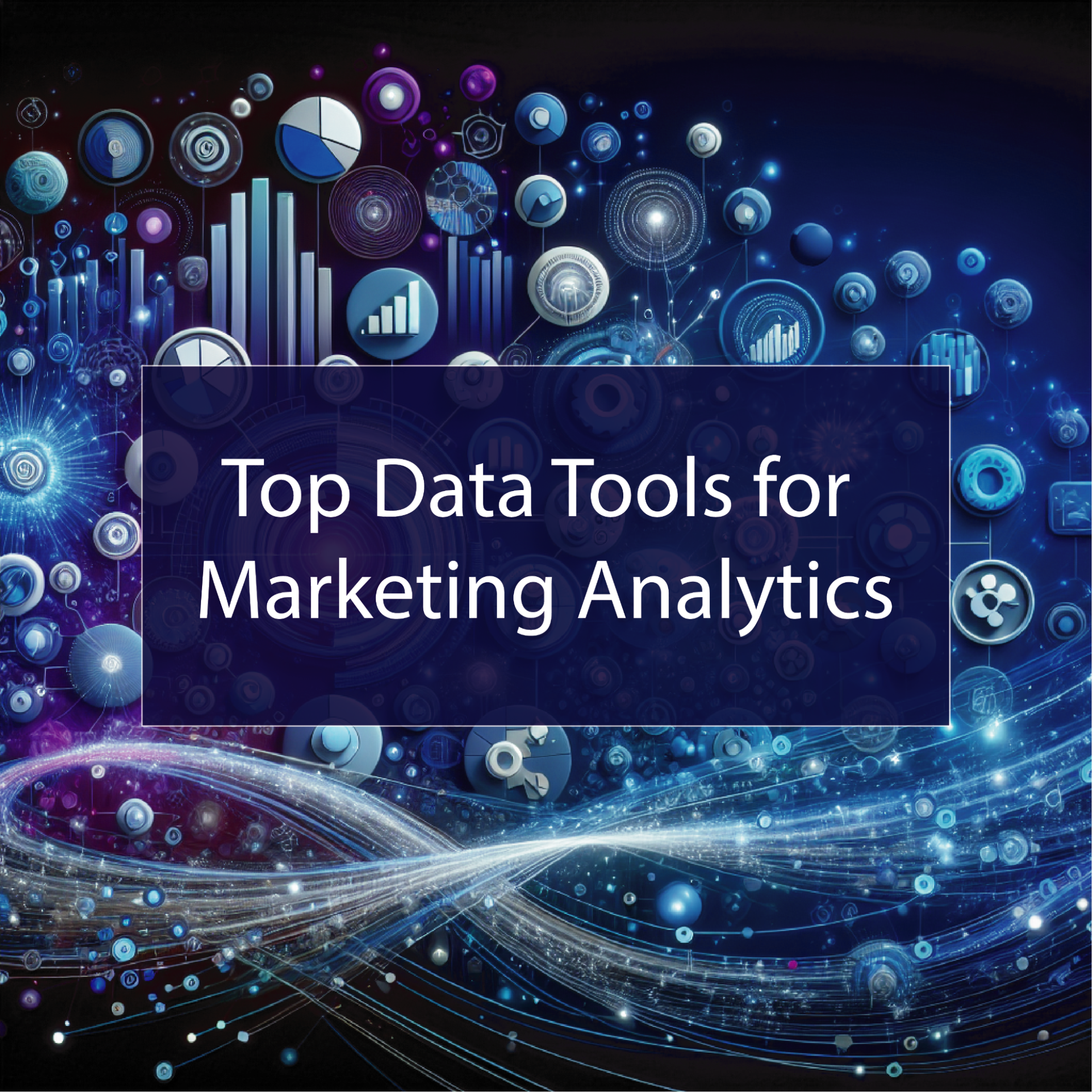
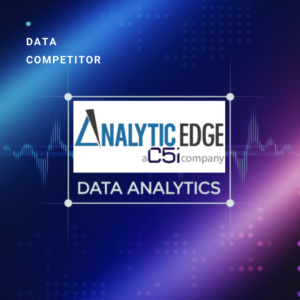
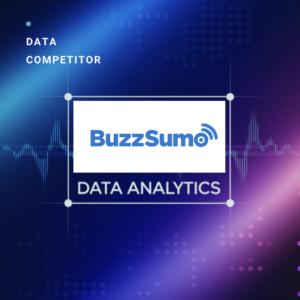
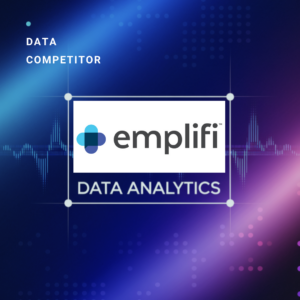
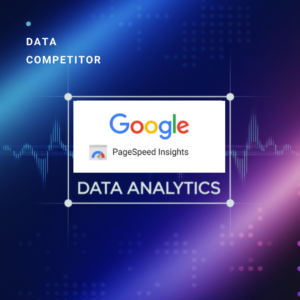
Leave a Reply